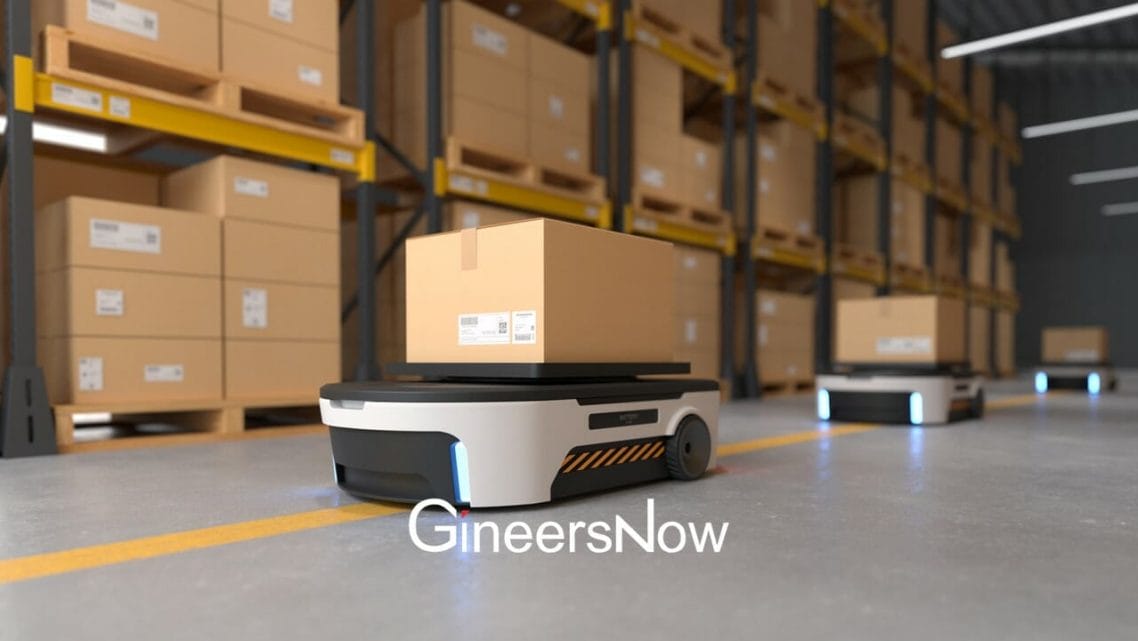Artificial intelligence and machine learning are increasingly important in various industries, including GPU development. GPUs serve as the foundation for many modern technologies, such as virtual reality, video games, and scientific computing. Nvidia (NASDAQ:NVDA), a leading producer of graphics processors, actively employs artificial intelligence to optimize device operations and innovate new technologies.
Utilizing AI in the development of graphics processors enables the optimization of architecture and enhancement of device performance. An illustration of this application is Nvidia’s Deep Learning Super Sampling (DLSS) technology, which uses machine learning to enhance the quality of images in games. AI is also utilized to optimize the power consumption of graphics processors. For example, Nvidia Optimus facilitates automatic GPU switching based on load, conserving energy and extending device battery life.
Nvidia holds a leading position in graphics processor development with AI support. The company is a founding member of the AI Enterprise consortium, dedicated to establishing open standards for machine learning. In addition, Nvidia actively cooperates with other companies in hardware and software development for artificial intelligence.

The entire third quarter of 2023 proved successful for the world’s leading chip developers, witnessing a 17.8% revenue increase to a record $44.7 billion. This was fueled by active component stockpiling by smartphone and laptop manufacturers, along with accelerated chip and component supply for generative AI systems.
In the third quarter, Nvidia experienced a 45.7% revenue increase compared to the second quarter, reaching $16.5 billion, driven by steady demand for generative AI systems. The main driver of exceptional growth was the data center components sector, accounting for almost 80% of revenues.
AMD (NASDAQ:AMD), the primary competitor in the graphics card market, recorded an 8.2% revenue increase to $5.8 billion in the third quarter. This success resulted from the 4th generation of EPYC server processors for cloud and enterprise customers and the seasonal accumulation of laptop chips.
In general, the development of artificial intelligence and its integration into various technologies significantly influences Nvidia’s share price. The company is actively involved in creating specialized graphics processors designed to enhance the performance of neural networks. This area is particularly interesting to investors as it holds the potential for substantial revenue growth and the advancement of technologies improving e-commerce.
Nvidia’s share price experienced substantial growth since the early 2000s, driven by increasing demand for graphics processors in gaming and professional workstations. However, the pace of share price increase accelerated after 2016 when the company actively invested in developing specialized processors for AI. In 2020, amid the COVID-19 pandemic and the heightened demand for facial recognition and other AI systems, Nvidia shares reached new highs.
Examining Nvidia’s example demonstrates how the development of artificial intelligence impacts changes in stock prices. Share prices saw a significant rise when the company prioritized creating specialized processors for neural networks and AI. This underscores the potential profitability of investments in AI technologies. Architecture optimization, performance enhancement, and improved energy consumption are all made achievable through machine learning and artificial intelligence.












